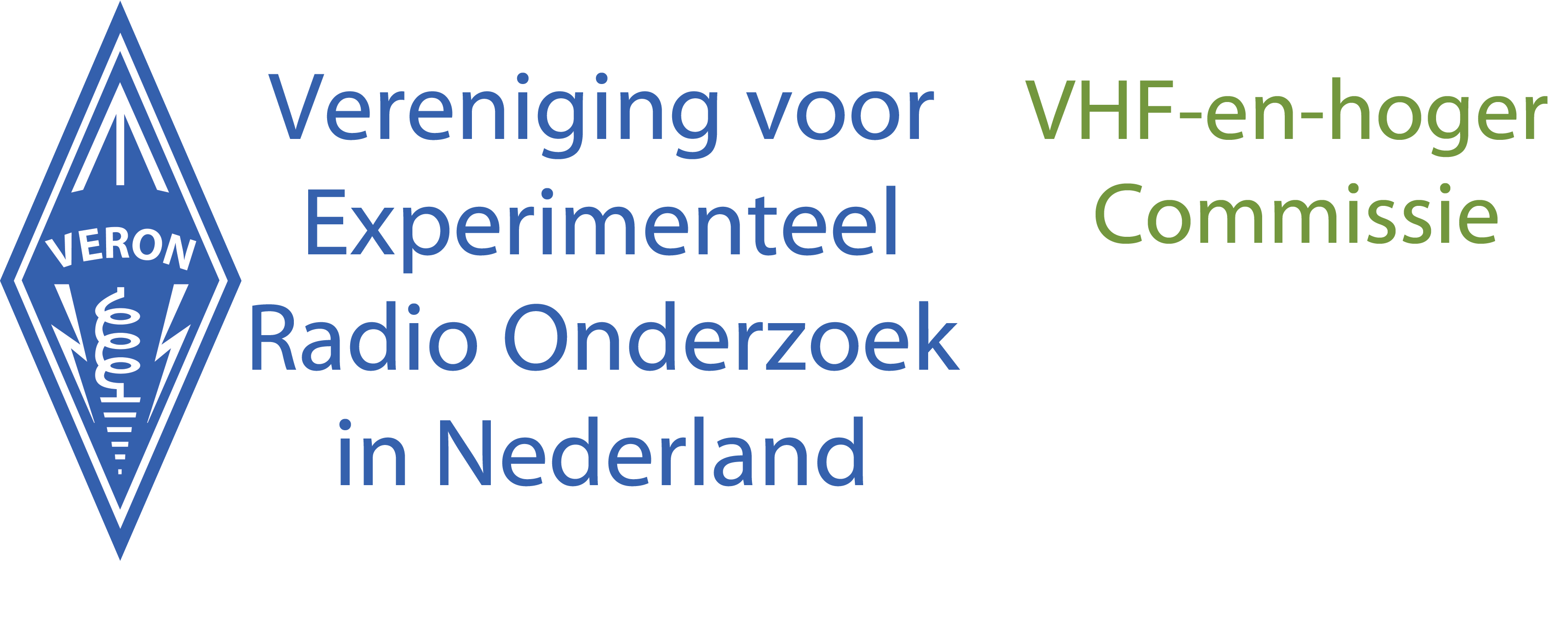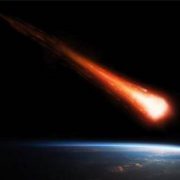144 MHz Meteorscatter Sprint Contest 2017
MMMonVHF[1], in cooperation with the magazines DUBUS[2] and Funk-Telegramm[3], invites you to take part in the 10th edition of the “144 MHz Meteorscatter Sprint Contest” during the maximum of the Perseids meteor shower (PER). Based on predictions from IMO[4] (the International Meteor Organization), this maximum will occur on August 12, 2017, and August 13, 2017, between 14:00 GMT and 02:30 GMT.
RULES
Contestperiod
August 11, 2017, 22:00 GMT – August 13, 2017, 21:59:59 GMT (end time last completed QSO).
Participation
Class 1: QRP (< 1.5 kW ERP)
Class 2: QRO (>1.5 kW ERP)
Stations can participate in one class only. No difference between single- or multioperator stations or modes.
Exchange
Full callsigns, reports (e.g. 26 or R26 for FSK441 or in case of MSK144 +00 or R+00) and final rogers (RRRR)[5].
Scoring
For each completed QSO you receive an amount of points that equals the spheric distance (111,2 km/degree) between you and the station you completed with. A worked station only counts once, so no duplicates allowed.
Final scoring
The total score is the sum of all points you received for all completed QSO’s together.
Logs
Logs can be send via E-mail or regular mail. Your log has to be received before September 15, 2017 23:59 UTC. In case you have send your log by regular mail, the postmark will count. Logs received after that date will be considered as checklogs.
Logs via E-mail can be sent to: mssprint@mmmonvhf.de ; Subject: MSSprint “Call”
Logs via regular post can be sent to: A.F. Veldhuijsen, PA4EME,
Westlandstraat 9,
6137 KE Sittard,
The Netherlands.
Be sure you log contains at least the following:
- Your call, name, adress and class you want to participate in. Stations in Class 1 (QRP) have to state details about the equipment they used in form of used output power and antennagain. If no data about your station is given, you will be placed in Class 2. The power used for the calculation of the Effective Radiated Power will be the power measured at the output of your transceiver or active amplifier(s);
- The QSO list. As there are many logging programs available nearly every format is possible[6]. But make sure that the log will show at least: date, time (to be specific: end time), call, report send, report received, locator and distance (equals points). As it seems that logbookprograms are using different methodes of calculating distance, please check if your program is using spheric distance calculation. If you have doubts what distance is calculated you can have a look at the distance calculating menu of the ON4KST-chat [7] which will show you WGS84 and spheric distances.
With sending your log you also declare to have operated within the limits of your chosen Class, licence and local regulations when performing any activity that could impact your submitted score. Unsportsmanlike conduct can be ground for disqualification. Also you agree to have the log open to the public which might result in publishing your log on MMMonVHF or in the magazines DUBUS and/or Funk-Telegramm.
Reception of a log will be confirmed in the same way it was received.
Stories and pictures are welcome for the soapbox.
Conditions to be observed
The use of DX-clusters and chat-channels during the contest is only allowed in such way that there is no exchange of reports or other data from which the status of the QSO can be extracted. Limited information on the cluster (e.g. 12:00 DK5EW PA4EME JN48MB<MS>JO20WX) or chat (e.g. 12:00 PA2DW 144.355 CQ for MS Sprint) is allowed.




Trackbacks & Pingbacks
[…] MS Contest op 144 MHz Op 11 augustus van 23.00 uur tot 13 augustus 22.00 uur (CET) vindt de Meteoren Scatter contest plaats. Meer informatie over deze contest is te vinden op de VERON VHF-en-hoger website. […]
Plaats een Reactie
Meepraten?Draag gerust bij!